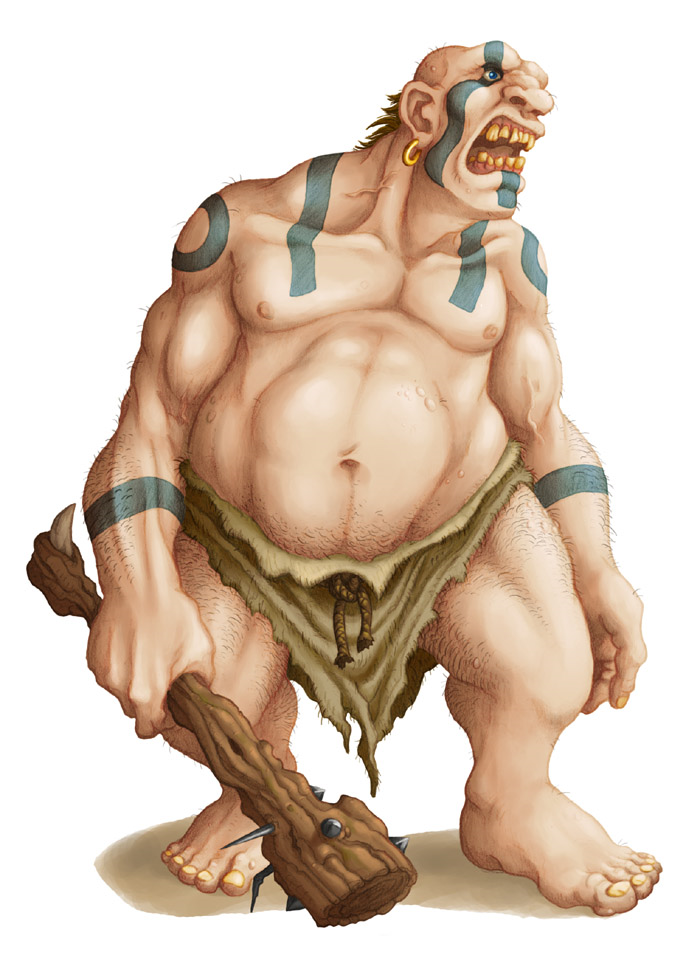Our giant welfare state

Dream on.
Call it a massive case of national self-deception. Indeed, judged by how much of their national income countries devote to social spending, we have the world’s second-largest welfare state — just behind France.
This is not just conjecture. The Organization for Economic Cooperation and Development (OECD) — a group of wealthy nations — has recently published new figures on government social spending. Covered is unemployment insurance, disability payments, old-age assistance, government-provided health care, family allowances and the like. By this measure alone, the United States is hardly a leader. It ranks 23rd in the world with social spending of roughly 19 percent of gross domestic product (GDP). This is slightly below the OECD average of 22 percent. France is the champ at nearly 32 percent. (The data are generally the latest available, including some estimates for 2014.)
But wait. Direct government spending isn’t the only way that societies provide social services. They also channel payments through private companies, encouraged, regulated and subsidized by government. This is what the United States does, notably with employer-provided health insurance (which is subsidized by government by not counting employer contributions as taxable income) and tax-favored retirement savings accounts.
When these are added to government’s direct payments, rankings shift. France remains at the top, but the United States vaults into second position with roughly 30 percent of its GDP spent on social services, including health care. We have a hybrid welfare state, partly run by the government and partly outsourced to private markets.
The OECD report brims with insights about welfare systems. Did you know, for example, that China — heir to a communist social system — has a puny welfare state compared with most wealthy nations? In 2009, its social spending equaled 7 percent of GDP. Or did you realize that, despite all the talk of “austerity,” government social spending has hardly been reduced in most countries. The OECD reports cuts in a few nations (Greece, Germany and Canada, among them) but also finds that “in most countries social spending remains at historically high levels.”
The main message that Americans can take from this report is that we need a higher level of candor. The very complexity of our hybrid system seems intended to disguise the reality that we have a welfare state. We have created a new vocabulary to validate our denial. From our “safety net,” we distribute “entitlements” that are not “handouts” and don’t qualify as “welfare” payments. We pretend (or some of us do) that our Social Security taxes have been “saved” to provide for our retiree payments, when today’s Social Security checks are mainly financed by the payroll taxes of today’s workers, just as yesterday’s checks were financed by the taxes of yesterday’s workers.
If we were more honest about these matters, we might have an easier time debating what are admittedly difficult and unpopular choices. Who deserves benefits, how much and why? What are the consequences for taxpayers and the larger society? Does our hybrid mix of public and private power make sense? These are insistent issues that won’t vanish even though we pretend they don’t exist.
No comments:
Post a Comment